This article was medically reviewed by Allison Romero, PT, DPT and by wikiHow staff writer, Jessica Gibson. Dr. Allison Romero is a Pelvic Health Specialist, Physical Therapist, and the Owner of Reclaim Pelvic Therapy in the San Francisco Bay Area. With over a decade of experience, Allison specializes in comprehensive pelvic physical therapy treatments for pelvic floor dysfunction. She holds a Bachelor of Science in Kinesiology and Exercise Science from Sonoma State University and a Doctor of Physical Therapy from the University of Southern California. Allison is a board certified Physical Therapist in California and is a member of the American Physical Therapy Association-Section on Women’s Health and the International Pelvic Pain Society.
There are 13 references cited in this article, which can be found at the bottom of the page.
This article has been viewed 38,759 times.
You may not give much thought to your bladder until there's a problem with it. Ordinarily, your bladder stores urine until you're ready to excrete it. But, bladder problems can disrupt this process causing inflammation, bladder stones, infections, cancer, or incontinence. Prevent bladder problems by keeping your bladder healthy through diet and good lifestyle choices.
Things You Should Know
- The best thing you can do for your bladder is drink 6-8 glasses of water a day and cut back on the amount of alcohol and caffeine you consume.
- Carbonated drinks, highly-acidic beverages, and spicy foods can all irritate your bladder.
- Eating plenty of foods that are high in fiber and exercising regularly will help keep your bladder healthy and functioning correctly.
- Being overweight, smoking, and holding your urine in can all lead to bladder issues over time, so lose weight if you need to, quit the cigarettes, and use the bathroom every 3-4 hours.
- If you struggle with incontinence or you have any concerns regarding the health of your bladder, see your doctor—it’s possible to alleviate certain bladder issues with medication and/or physical therapy (like Kegel exercises).
Steps
Improving Bladder Health Through Diet
-
1Drink lots of water. According to the Institute of Medicine, men should drink 13 8-ounce glasses (3 liters) of water a day and women should drink nine glasses (2.1 liters). Water helps flush toxins out of your body and can reduce your risk of kidney or bladder infection. Drinking plenty of water also prevents constipation. This is important because constipation can cause your bowels to press down on your bladder, irritating your bladder and causing discomfort.[1] [2]
- Since our bodies are mostly water, drinking water can keep you healthy, maintain body temperature, act as a shock absorber for your nervous system, and lubricate your organs.[3]
- If you exercise intensely, sweat profusely, are ill, pregnant or breast-feeding, your fluid intake may differ. For example, pregnant women are recommended to drink 10 8-oz glasses (2.4 liters) of water a day and those who are breast-feeding 13 glasses (3 liters) a day.
-
2Avoid beverages that irritate the bladder. Carbonated drinks and caffeinated beverages like coffee or soft drinks can all aggravate your bladder. You should also avoid drinks that have artificial sweeteners like aspartame or saccharine. Limit the amount of alcoholic beverages and acidic juices (like citrus or tomato juice) you drink since this can also irritate your bladder.[4]
- Citrus and tomato are also foods you should limit since your body breaks these down into acid. Excess acid can irritate your bladder.
- Coffee and alcohol are both diuretic and bladder irritants. If you can’t live without coffee, try to limit yourself to one cup.
- Women should have no more than one serving of alcohol daily and men should have no more than two servings.
Advertisement -
3Watch out for spicy foods. Spicy foods like curries or hot peppers can make bladder problems worse, probably because spicy components are excreted in you urine, irritating the bladder. Pay attention when you eat these foods and avoid them if you notice any bladder problems.
- You may find that you can eat small amounts of spicy foods. If that's the case, know your limit and avoid eating a larger amount that would trigger problems.
-
4Eat fiber to avoid constipation. Try to eat 25 to 30 grams of fiber a day to prevent constipation. Constipation can put excess pressure on your bladder and make bladder problems worse. Good sources of fiber include beans and other legumes, raspberries, pears (with the skin), apples (with the skin), split peas, artichokes, and green beans.[5] [6]
- You can also take senna or psyllium which are fiber supplements that act as gentle laxatives.[7]
- A natural treatment for constipation is to include prunes in your diet.
-
5Reduce the amount of meat and gluten you eat. Consider how much meat and gluten you eat during the week and try to significantly reduce that amount. Meat is an acidic food that can irritate your bladder. This is because meat contains purines which your body breaks down into acid.[8] Reducing the amount of gluten can help to reduce bladder irritation and decrease urinary urgency, frequency, and incontinence in some people.
- Excess of uric acid in the system can lead to gout, kidney stones and other gastrointestinal disturbances, like gas. You might also notice that you need to urinate more often and with more urgency.
-
6Talk with your doctor about your medications. Some medications can aggravate the bladder. If you have been prescribed any of these medications, ask your physician if another medication can be used as a substitute:
- Diuretics (water pills)
- Antihypertensives (blood pressure pills)
- Calcium channel blockers
- Antidepressants
- Sedatives
- Tranquilizers
- Muscle relaxants
- Sleeping pills
- Cough and cold preparations
Making Lifestyle Changes to Improve Bladder Function
-
1Lose weight. Being overweight or obese can aggravate bladder problems and can cause stress incontinence. If you develop stress incontinence, your bladder leaks small amounts of urine when you're physically active or when you cough or sneeze. Losing weight can relieve excess pressure on your bladder and surrounding muscles.[9] [10]
- Talk with your doctor about safely using weight. Your doctor can recommend strategies for reducing calorie intake and exercises for you to do.
-
2Quit smoking. Tobacco and the ingredients added to cigarettes can cause you to urinate more often, make you feel like you urgently need to urinate, and increase your risk of bladder cancer. Smoking can also make you cough which can trigger stress incontinence. This is because coughing from smoking can weaken your abdominal and bladder muscles.
- Talk with your doctor about using a cessation program. While some people can quit smoking easily, you might need to use therapy or a nicotine-reduction aid to help you quit.
-
3Do Kegel exercises and bladder training. You can strengthen the muscles of your bladder that control urination. Men and women should do at least three sets of 10 Kegel cycles every day. Both men and women should identify the muscles used in emptying the bladder. To do this, stop the flow of urine midstream. Once you identify those muscles, start doing Kegels with an empty bladder.[11] [12]
- Women should: lie down, squeeze and hold the muscles for a count of five. Relax for another count of five. Repeat this 10 times for a complete cycle.
- Men should: lie down with knees bent and spread apart. Squeeze and hold the muscles for a count of five. Relax for another count of five and repeat this 10 times for a complete cycle.
- With time, aim for 10 seconds of tightening and 10 seconds of relaxing between contractions. You also do not have to lie down to perform Kegel exercises once you get the hang of it. You can do them pretty much anytime, anywhere — in the car while sitting in traffic, while sitting at your desk at work, etc.
- Do not to flex the muscles in your abdomen, thighs, or buttocks. Avoid holding your breath.
- By doing Kegel you can increase the time between going to the bathroom and have fewer incontinence accidents.
- Bladder training is best for patients with overactive bladder and involves voiding according to a schedule.
-
4Completely empty your bladder when you urinate. Relax as much as possible when you use the restroom. This can relax your bladder muscles which means that your bladder empties more easily. Take your time and don't feel rushed when urinating. Emptying your bladder completely can reduce your risk for a urinary tract infection.
- Practice double voiding when urinating. Once you've finished urinating, lean forward slightly and try to urinate again. Moving forward can help the bladder empty completely.
-
5Urinate frequently. Never hold urine for long when you feel the urge to use the bathroom. Instead, try to urinate whenever you first notice the need. Frequent urination can prevent infection and keep the bladder muscles from weakening. Don't wait to use the bathroom until it becomes an urgent matter.[13]
- You might need to schedule bathroom breaks if you find yourself too busy or to simply get in the habit of urinating frequently.
-
6Urinate after sexual intercourse. For the best bladder hygiene, urinate before and after sexual intercourse. You should also clean your genital and anal areas before and after sex to prevent the spread of bacteria. These habits can reduce your risk of getting a urinary tract infection after sex.[14]
- You can also drink a glass of pure tart cranberry juice or blueberry juice every day to further reduce your risk for urinary tract infections.
Expert Q&A
-
QuestionHow do you properly do a Kegel?
 Allison Romero, PT, DPTDr. Allison Romero is a Pelvic Health Specialist, Physical Therapist, and the Owner of Reclaim Pelvic Therapy in the San Francisco Bay Area. With over a decade of experience, Allison specializes in comprehensive pelvic physical therapy treatments for pelvic floor dysfunction. She holds a Bachelor of Science in Kinesiology and Exercise Science from Sonoma State University and a Doctor of Physical Therapy from the University of Southern California. Allison is a board certified Physical Therapist in California and is a member of the American Physical Therapy Association-Section on Women’s Health and the International Pelvic Pain Society.
Allison Romero, PT, DPTDr. Allison Romero is a Pelvic Health Specialist, Physical Therapist, and the Owner of Reclaim Pelvic Therapy in the San Francisco Bay Area. With over a decade of experience, Allison specializes in comprehensive pelvic physical therapy treatments for pelvic floor dysfunction. She holds a Bachelor of Science in Kinesiology and Exercise Science from Sonoma State University and a Doctor of Physical Therapy from the University of Southern California. Allison is a board certified Physical Therapist in California and is a member of the American Physical Therapy Association-Section on Women’s Health and the International Pelvic Pain Society.
Pelvic Health Specialist Pretend that you're pulling your pubic bone toward the direction of your tailbone. These bones won't actually move, but the movement will work your pelvic floor muscles.
Pretend that you're pulling your pubic bone toward the direction of your tailbone. These bones won't actually move, but the movement will work your pelvic floor muscles. -
QuestionCan anyone do Kegel exercises?
 Allison Romero, PT, DPTDr. Allison Romero is a Pelvic Health Specialist, Physical Therapist, and the Owner of Reclaim Pelvic Therapy in the San Francisco Bay Area. With over a decade of experience, Allison specializes in comprehensive pelvic physical therapy treatments for pelvic floor dysfunction. She holds a Bachelor of Science in Kinesiology and Exercise Science from Sonoma State University and a Doctor of Physical Therapy from the University of Southern California. Allison is a board certified Physical Therapist in California and is a member of the American Physical Therapy Association-Section on Women’s Health and the International Pelvic Pain Society.
Allison Romero, PT, DPTDr. Allison Romero is a Pelvic Health Specialist, Physical Therapist, and the Owner of Reclaim Pelvic Therapy in the San Francisco Bay Area. With over a decade of experience, Allison specializes in comprehensive pelvic physical therapy treatments for pelvic floor dysfunction. She holds a Bachelor of Science in Kinesiology and Exercise Science from Sonoma State University and a Doctor of Physical Therapy from the University of Southern California. Allison is a board certified Physical Therapist in California and is a member of the American Physical Therapy Association-Section on Women’s Health and the International Pelvic Pain Society.
Pelvic Health Specialist Absolutely! In fact, everyone should know how to do Kegel exercises. Like a plank exercise works your core, a Kegel is a great way to work your pelvic floor.
Absolutely! In fact, everyone should know how to do Kegel exercises. Like a plank exercise works your core, a Kegel is a great way to work your pelvic floor. -
QuestionCan bladder cancer be detected with a urine test?
 Robert Dhir, MDDr. Robert Dhir is a board certified Urologist, Urological Surgeon, and the Founder of HTX Urology in Houston, Texas. With over 10 years of experience, Dr. Dhir’s expertise includes minimally-invasive treatments for enlarged prostate (UroLift), kidney stone disease, surgical management of urological cancers, and men’s health (erectile dysfunction, low testosterone, and infertility). His practice has been named a Center of Excellence for the UroLift procedure, and is a pioneer in non-surgical procedures for ED using his patented Wave Therapy. He earned his undergraduate and medical degrees from Georgetown University and was awarded honors in pre-medical studies, urology, orthopedics, and ophthalmology. Dr. Dhir served as chief resident during his urological surgical residency at University of Texas at Houston / MD Anderson Cancer Center in addition to completing his internship in general surgery. Dr. Dhir was voted Top Doctor in Urology for 2018 to 2019, one of the top three Best Rated Urologists in 2019 & 2020 for Houston Texas, and Texas Monthly has named him to the 2019 & 2020 Texas Super Doctors Rising Stars list.
Robert Dhir, MDDr. Robert Dhir is a board certified Urologist, Urological Surgeon, and the Founder of HTX Urology in Houston, Texas. With over 10 years of experience, Dr. Dhir’s expertise includes minimally-invasive treatments for enlarged prostate (UroLift), kidney stone disease, surgical management of urological cancers, and men’s health (erectile dysfunction, low testosterone, and infertility). His practice has been named a Center of Excellence for the UroLift procedure, and is a pioneer in non-surgical procedures for ED using his patented Wave Therapy. He earned his undergraduate and medical degrees from Georgetown University and was awarded honors in pre-medical studies, urology, orthopedics, and ophthalmology. Dr. Dhir served as chief resident during his urological surgical residency at University of Texas at Houston / MD Anderson Cancer Center in addition to completing his internship in general surgery. Dr. Dhir was voted Top Doctor in Urology for 2018 to 2019, one of the top three Best Rated Urologists in 2019 & 2020 for Houston Texas, and Texas Monthly has named him to the 2019 & 2020 Texas Super Doctors Rising Stars list.
Board Certified Urologist & Urological Surgeon A urine test can indicate there's a problem, but you'll likely need a bladder scope to determine whether or not cancer is present.
A urine test can indicate there's a problem, but you'll likely need a bladder scope to determine whether or not cancer is present.
References
- ↑ http://www.mayoclinic.org/healthy-lifestyle/nutrition-and-healthy-eating/in-depth/water/art-20044256
- ↑ https://www.bladderandbowelfoundation.org/bladder/healthy-bladder/
- ↑ http://water.usgs.gov/edu/propertyyou.html
- ↑ http://my.clevelandclinic.org/health/diseases_conditions/hic_Urinary_Tract_Infections
- ↑ http://www.mayoclinic.org/healthy-lifestyle/nutrition-and-healthy-eating/in-depth/high-fiber-foods/art-20050948
- ↑ https://nihseniorhealth.gov/bladderhealth/keepbladderhealthy/01.html
- ↑ http://patient.info/health/constipation-in-adults-leaflet
- ↑ http://news.cancerconnect.com/healthy-diet-happy-bladder/
- ↑ https://www.nlm.nih.gov/medlineplus/ency/article/000891.htm
- ↑ https://mydoctor.kaiserpermanente.org/ncal/mdo/presentation/conditions/condition_viewall_page.jsp?condition=Condition_Female_Urinary_Incontinence_-_Urogyn.xml&showProvider=true
- ↑ http://www.nafc.org/kegel/
- ↑ Allison Romero, PT, DPT. Pelvic Health Specialist. Expert Interview. 2 December 2020.
- ↑ https://nihseniorhealth.gov/bladderhealth/keepbladderhealthy/01.html
- ↑ Raz, R., B. Chazan, and M. Dan. "Cranberry juice and urinary tract infection." Clinical infectious diseases 38.10 (2004): 1413-1419.
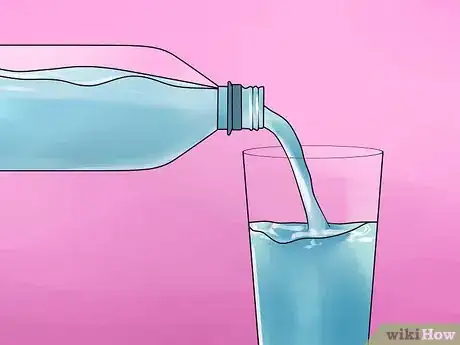
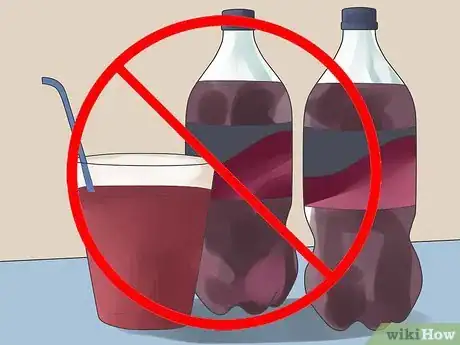
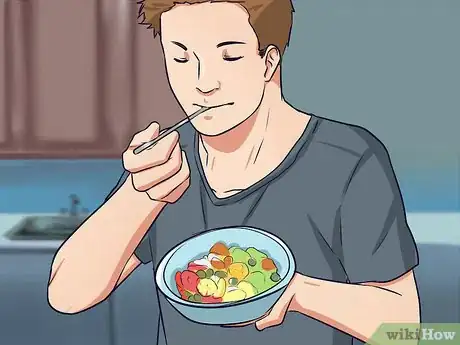
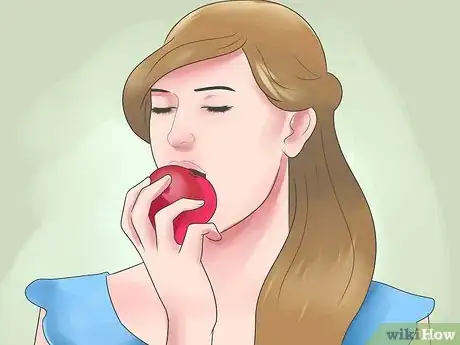
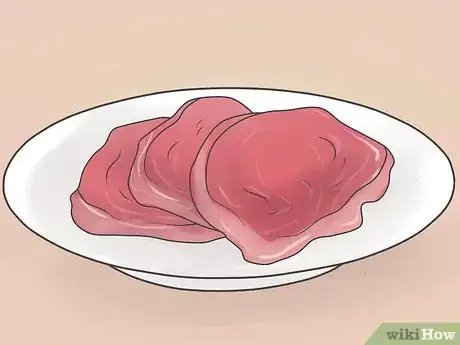

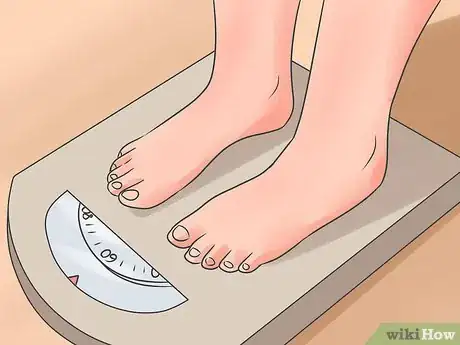

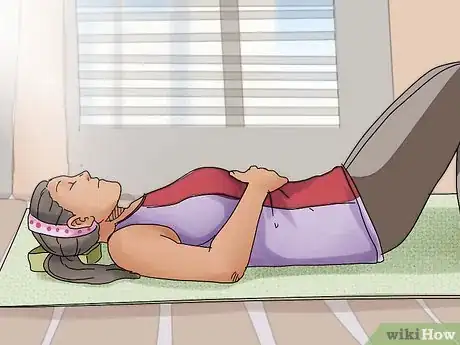

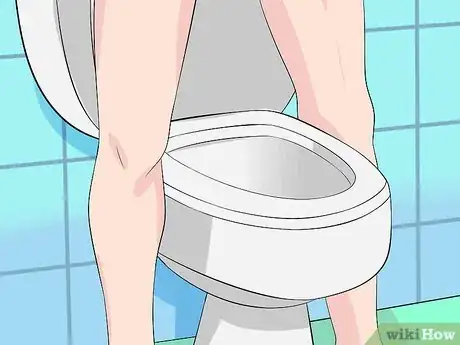
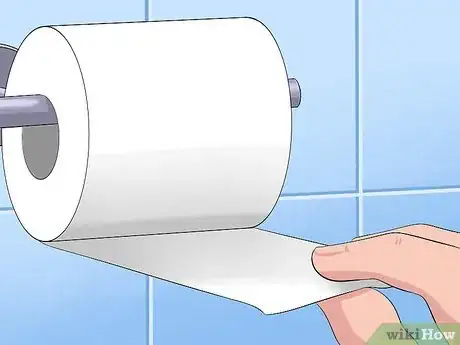




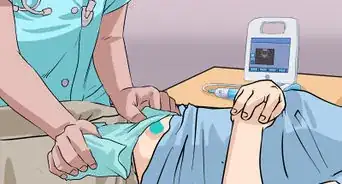
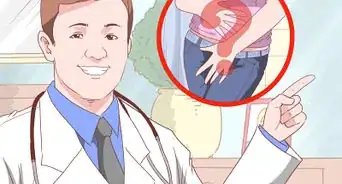

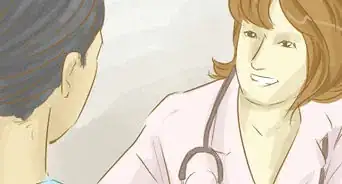
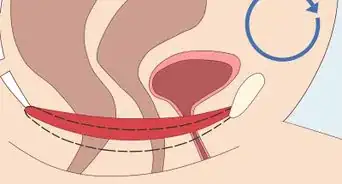
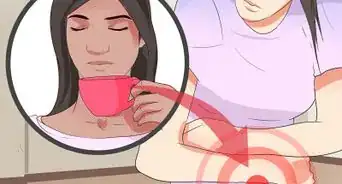

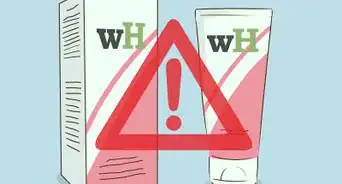
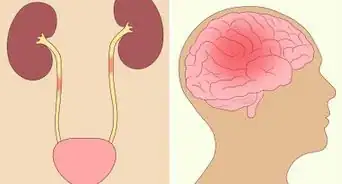
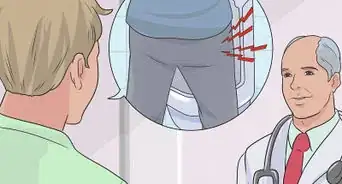







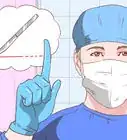






































Medical Disclaimer
The content of this article is not intended to be a substitute for professional medical advice, examination, diagnosis, or treatment. You should always contact your doctor or other qualified healthcare professional before starting, changing, or stopping any kind of health treatment.
Read More...